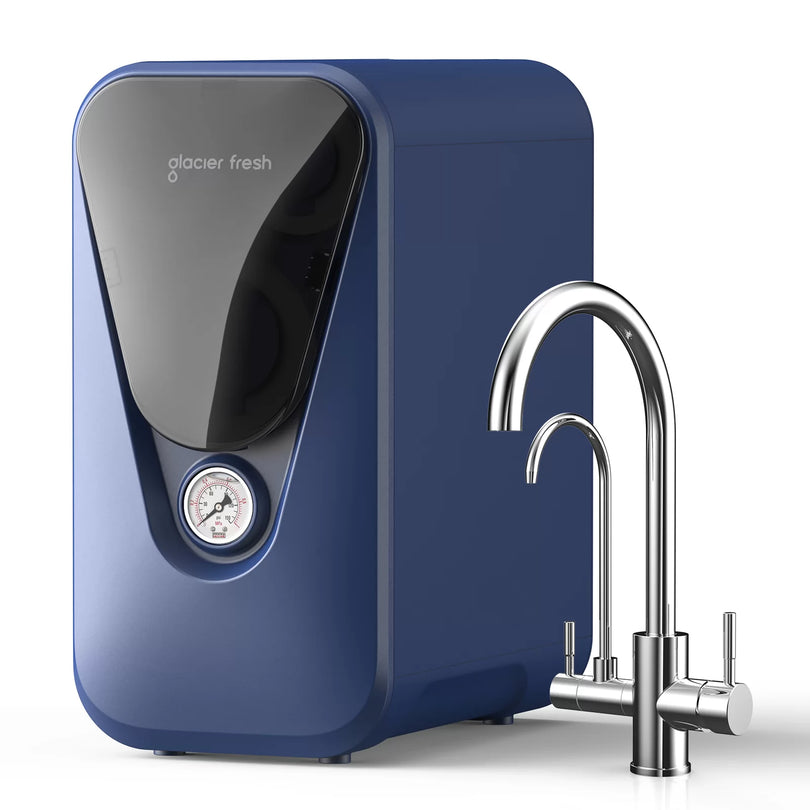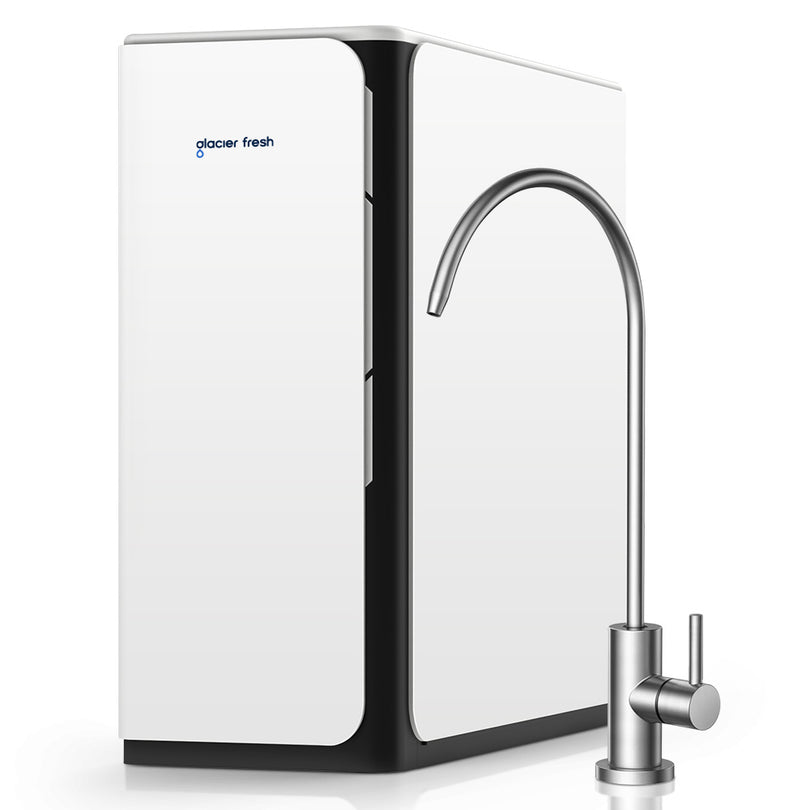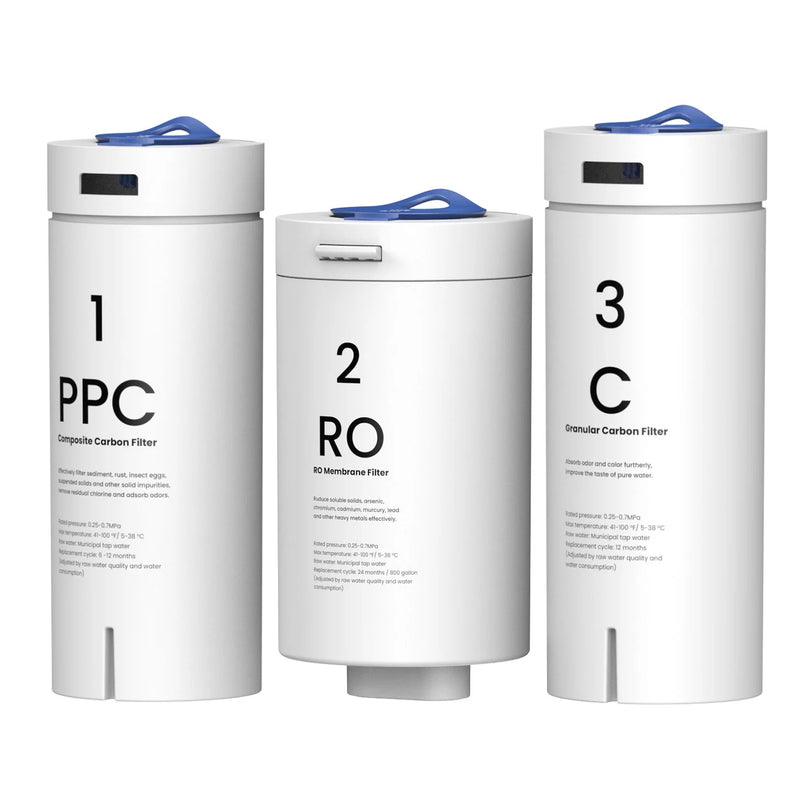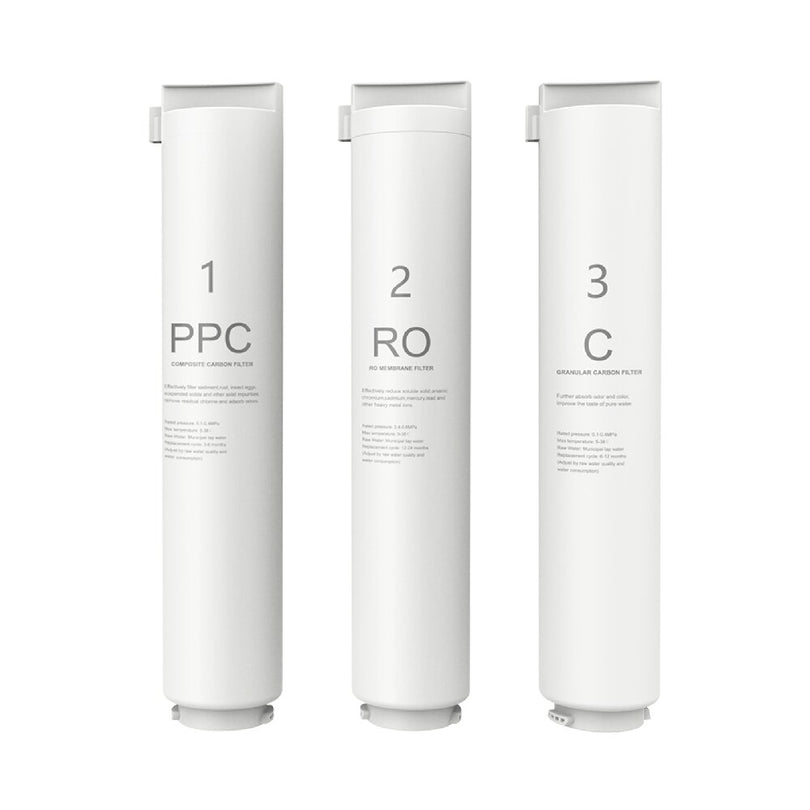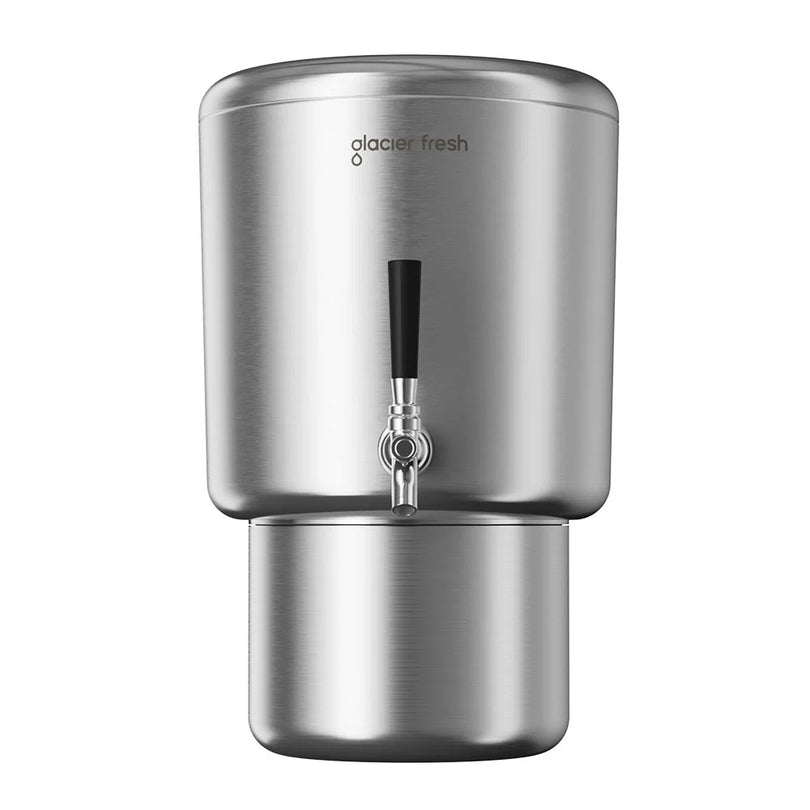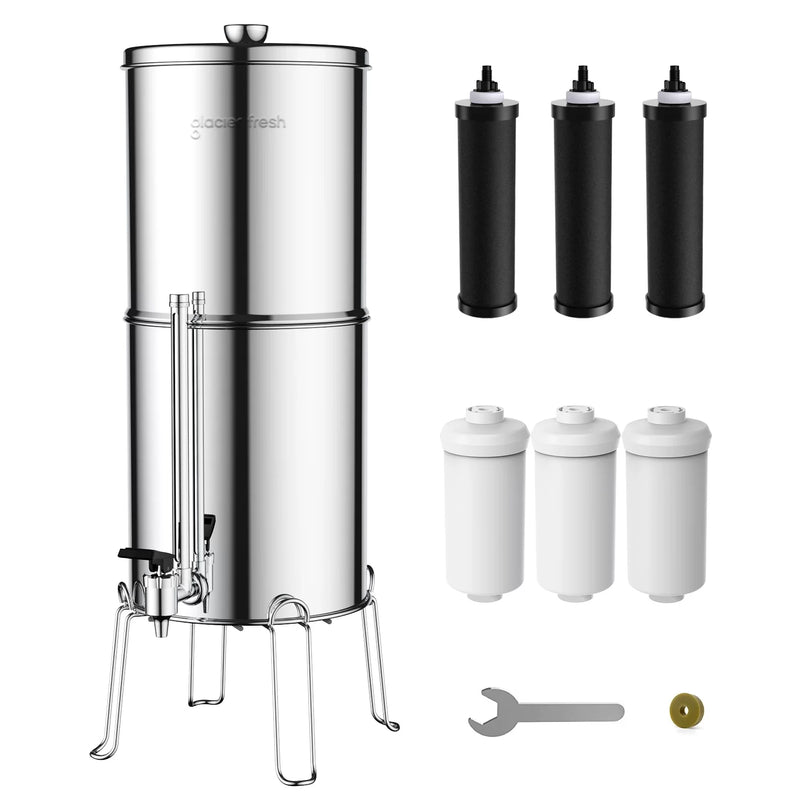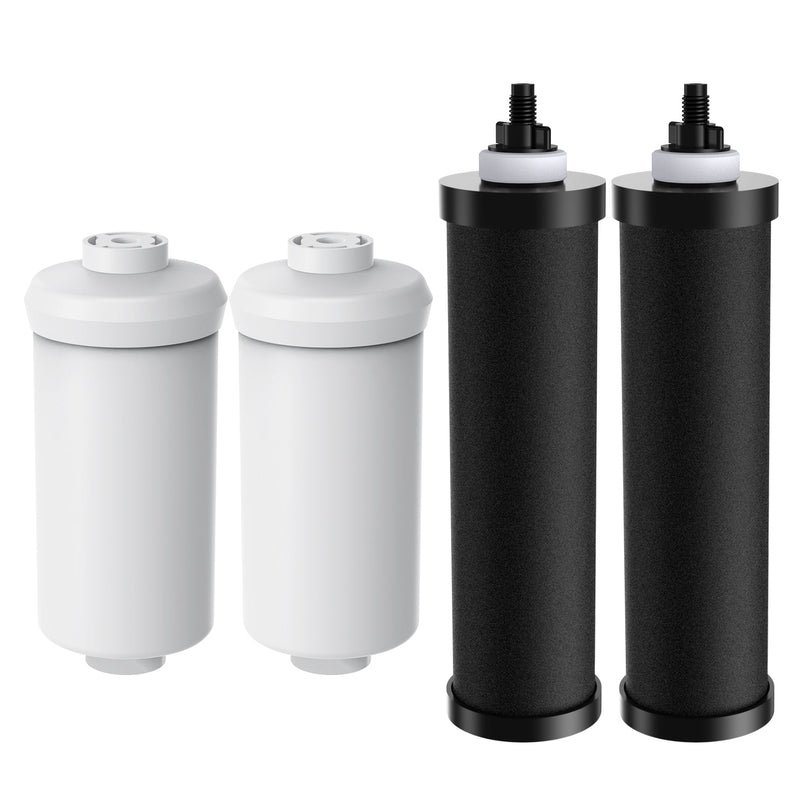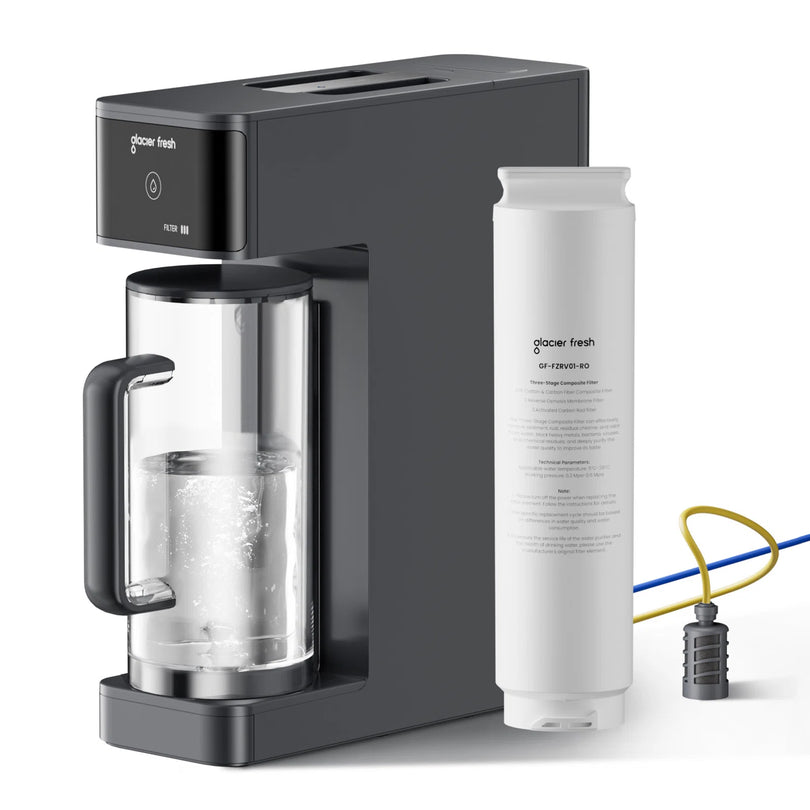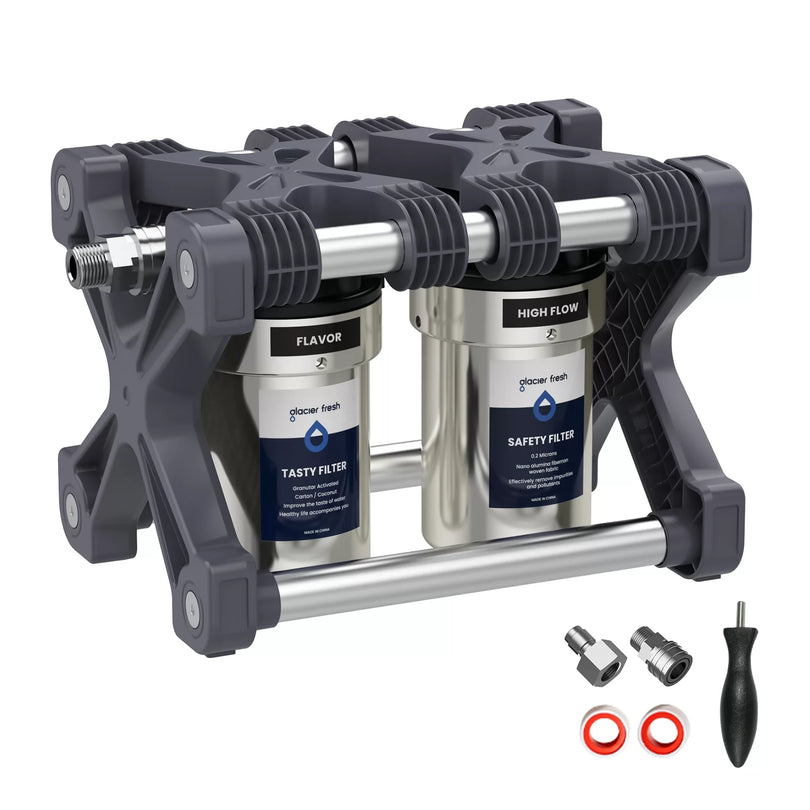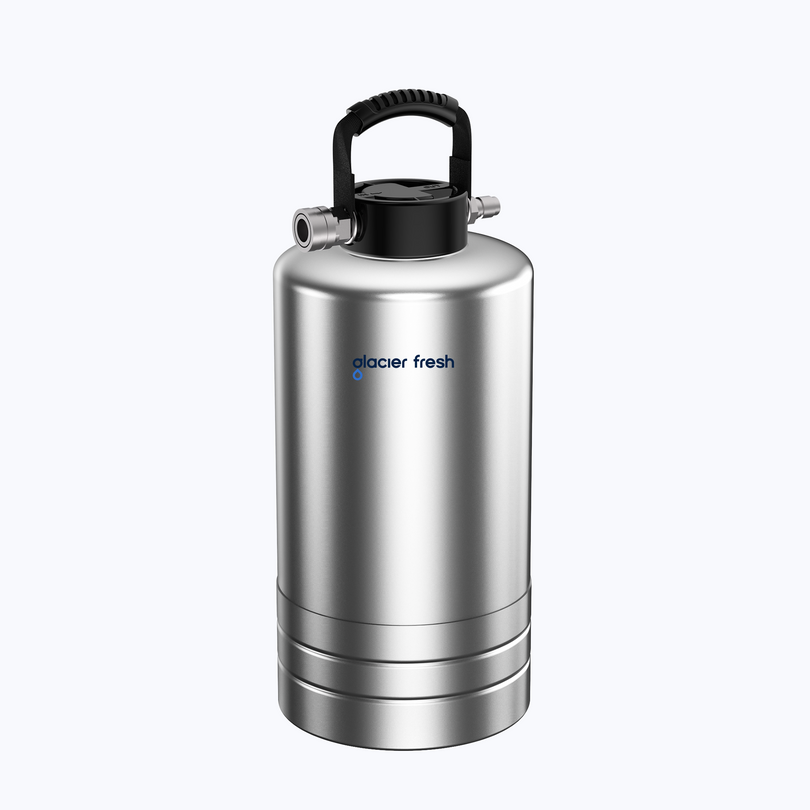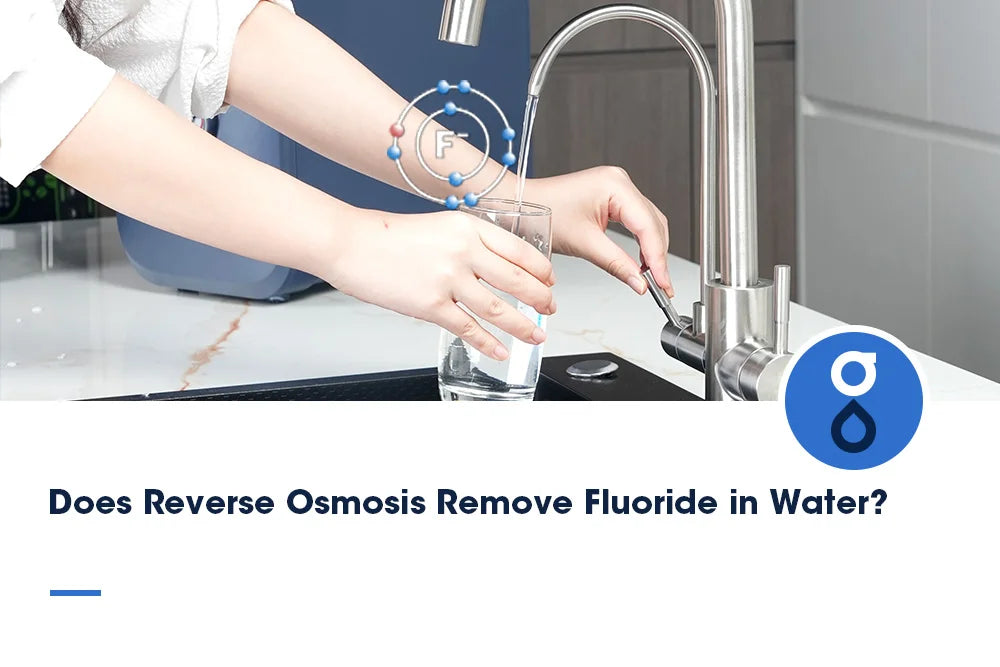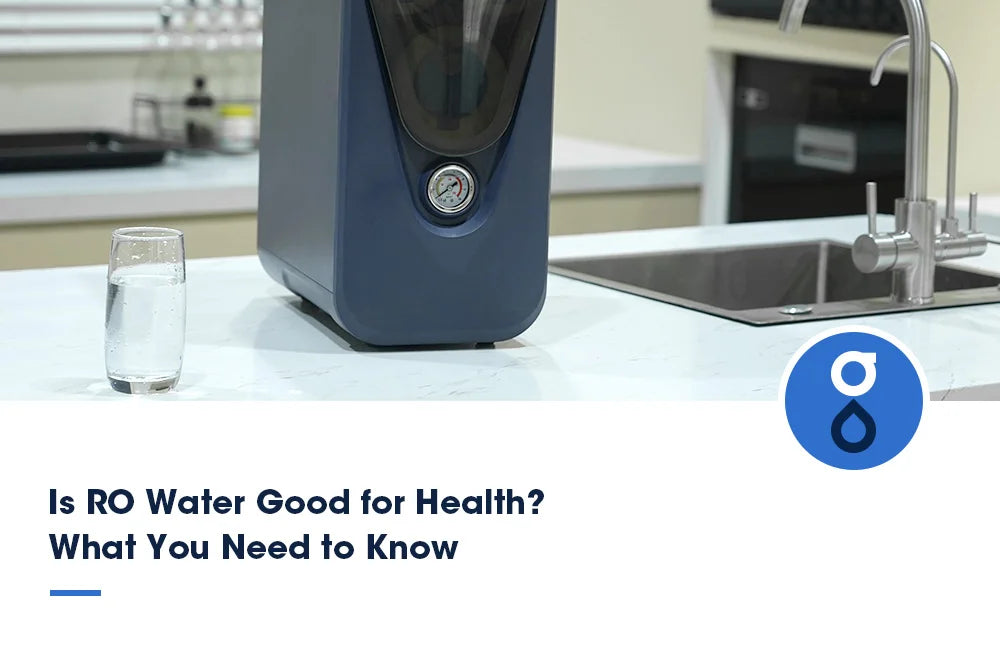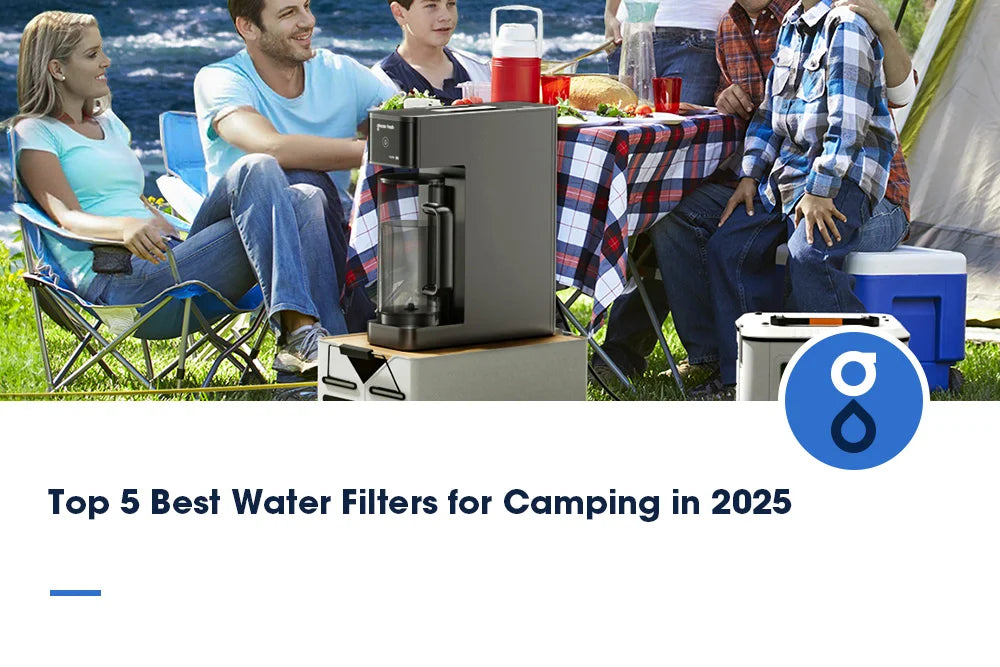Table of Contents:
Why Is Fluoride in Water Needed to Remove
The Methods to Remove Fluoride
How Does a Reverse Osmosis Remove Fluoride?
Best Reverse Osmosis and How to Choose
FAQs
Conclusion
A reverse osmosis (RO) water filter is becoming more and more popular in daily use. One of the questions that many people ask themselves is, Does reverse osmosis remove fluoride from drinking water? The answer is yes. It is among the best available methods and removes up to 99% of fluoride and other impurities. In fact, it is often featured among the 3 Best Under-the-Sink Water Filters in 2025, providing families with reliable, safe, and convenient water filtration for home use.
Reverse osmosis systems are used in numerous households and by travelers due to their ability to clean the water to a microbial level. Since the presence of fluoride is quite a health consideration at its worst, it is necessary to determine how RO filtration functions and why it is the most desirable process of fluoride elimination.
Why Is Fluoride in Water Needed to Remove

Fluoride occurs naturally in many water sources, but when levels are too high, it can pose health risks. Let’s look closely to understand the reasons.
What Is Fluoride?
Fluoride is a mineral that exists in soil, rocks, and groundwater. Municipalities also typically include it in the drinking water supply because it has been linked with dental health benefits, particularly the reduction of tooth decay. However, the moderate doses are good; however, too much fluoride may be harmful. This is why most individuals are seeking options to minimize or eliminate it in drinking water.
Reasons for Fluoride in Water Needed to Remove
Fluorosis of teeth is a complication that may occur due to excess exposure to fluoride, other than in the dental region, which causes white streaks or discoloration of teeth. It can also cause skeletal fluorosis (bones and joints) at advanced levels. Besides these medical reasons, others merely remove it from water and would rather have no chemicals or minerals in their water. To families, particularly ones with young children, eliminating fluoride guarantees ease of mind and safe water to drink.
The Methods to Remove Fluoride
Fluoride in water can be diminished in a number of ways. Among them, reverse osmosis is also the most effective and accessible to households and travelers.
Reverse Osmosis (RO) Filtration
Reverse osmosis uses the properties of a semipermeable membrane with holes just smaller than 0.0001 microns, too small to allow passage of fluoride ions and other impurities. It is one of the most reliable ones that removes up to 99 percent of fluoride and heavy metals, chlorine, pesticides, and even bacteria.
Activated Alumina Filters
Activated alumina is a porous absorbent material that adsorbs fluoride and arsenic. Though it works well, it needs to be maintained well, changed with time, and utilized under favorable pH control of water to avoid inefficiency.
Distillation
The distillation process consists of boiling water and isolating the steam once it condenses, thus leaving the majority of the contaminants, such as fluoride. However, it is energy-consuming, slow, and cannot be easily used at home.
Bone Char Carbon
Bone char carbon filters are made using charred animal bones and used to filter fluoride by adsorption. They are natural and highly effective, but less prevalent nowadays, and cannot be used by everyone, particularly vegetarians or vegans.
Deionization (Mixed-Bed Resin)
The mechanism of deionization is the exchange of fluoride ions with other ions. However, this is not typically implemented for domestic water use because it is very expensive, complicated, and less productive compared to RO systems.
Despite the ability of all these processes to reduce fluoride, reverse osmosis is the most appropriate due to its capacity, ease of operation, and improved ability to remove a broad spectrum of other pollutants besides fluoride.
How Does a Reverse Osmosis Remove Fluoride?
Reverse osmosis is the process of forcing water through a semipermeable membrane under high pressure. The membrane contains microscopic pores that permit only the passage of water molecules, not those of dissolved salts, chemicals, and minerals like fluoride. This process raises a common question: Is Reverse Osmosis (RO) Water Safe and Healthy to Drink? The answer is yes—RO water is clean, pure, and suitable for daily consumption, with all harmful contaminants effectively removed while retaining a refreshing taste. The rejected impurities are flushed away, and clean, pure drinking water is left behind.
Multi-stage filtration is also common with most of the RO systems. As an example, a sediment filter can be used to take out dirt and rust, whereas a carbon filter can be used to get rid of odors and chlorine. The RO membrane subsequently eliminates fluoride, arsenic, nitrates, as well as heavy metals, and is followed by a polishing filter that improves flavor. The combination is such that water free of fluoride is also fresh, clean, and safe.
Best Reverse Osmosis and How to Choose
When choosing a reverse osmosis system, you should take into consideration your space, lifestyle, ailments, and water quality requirements. GlacierFresh has two great varieties of products based on highly developed RO systems.
GlacierFresh U03 Reverse Osmosis System
The GlacierFresh U03 Reverse Osmosis System is designed as a 5-stage under-sink RO that fits in a home. It uses a 0.0001-micron membrane through which up to 99.99% of contaminants such as fluoride, lead, arsenic, bacteria, and microplastics can be pulled out. Its huge 800 gallons/day density and 3:1 pure to drain ratio make it water-efficient when compared to other traditional systems.
It uses no electricity but only water pressure and does not have a tank, which saves space. They are SGS and NSF certified and can be installed by their users in less than 30 minutes (DIY-friendly). It is affordable and efficient, and the sale price of $219.99 can save a family.
GlacierFresh RV Reverse Osmosis System
For RV users, the RVRO01 portable 3-stage RO system. It eliminates 99.9% of contaminants, such as fluoride, bacteria, and heavy metals, but provides only approximately 12 oz of purified water per minute. It has two power modes (power bank or adapter) and can be used in camping, boating, and the heated side of the RVs. It is approved by the FCC, FDA, and CA65, which guarantees its safety.
It is smaller in weight and size as well, thus environmentally friendly, and substitutes thousands of plastic bottles. It is currently on sale at $269.99, a perfect option to work with outdoors and full-time RV users.
The two systems prove that reverse osmosis is effective in the removal of fluoride, hence they are the preferred choice where safe and fluoride-free water should be obtained, either at home or on the road.
FAQ
Is Fluoride in Water Bad for You?
Fluoride may also prevent tooth decay in small proportions. In large doses, however, it may cause dental or skeletal fluorosis; hence, it is useful to remove it.
How Much Fluoride Does Reverse Osmosis Remove?
Choose a high-quality model like GlacierFresh U03, reverse osmosis is capable of extracting fluoride up to 99% depending on water pressure and system.
Is Drinking Reverse Osmosis Water Bad for Your Teeth?
No. While RO removes fluoride, which protects teeth, you can maintain dental health through toothpaste or professional treatments.
Are Reverse Osmosis Filters Worth It?
Yes. Although RO eliminates fluoride, which helps to shield teeth, you can keep your teeth healthy with toothpaste or at the dentist.
Why Is Fluoride in Water?
Municipalities often add fluoride to drinking water to promote dental health. Fluoride, however, also occurs in some natural sources of water, in potentially harmful amounts.
Conclusion
Does reverse osmosis remove fluoride? Certainly, RO filtration is one of the most effective technologies available, as it can remove up to 99 percent of fluoride, as well as heavy metals, pesticides, bacteria, and other contaminants. As concerns over overexposure to fluoride grow, it is a source of comfort to have a trusty RO system. You can indulge in clean, safe, and fluoride-free water daily at a rate that never leaves you out of stock, regardless of whether you go with the GlacierFresh U03 to your place or travel with the GlacierFresh RVRO01.

